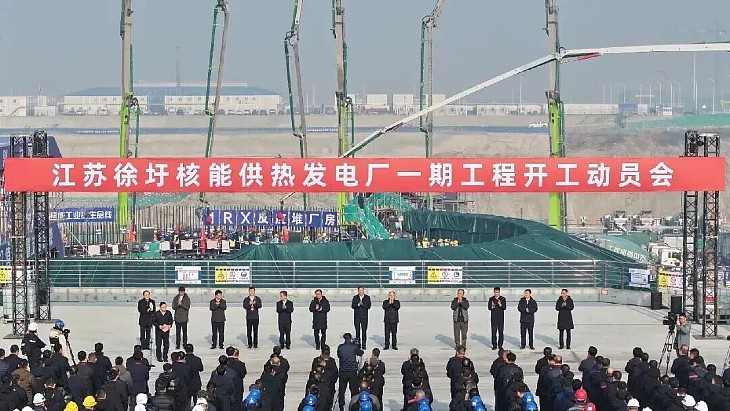Yesterday saw the end of operations at Areva's Georges Besse diffusion enrichment plant following 33 years of service.
Georges Besse saw "uninterrupted operation" since 1979 and had met the enrichment needs of around 100 power reactors in France and around the world, said Areva. The plant is owned by Areva subsidiary Eurodif, which counts 40.3% ownership by foreign partners.
Uranium enrichment is the process of raising the concentration of uranium-235 in a feedstock from a natural level of about 0.7% to the 3-5% required for use as fuel in light-water reactors. Georges Besse did this by the gaseous diffusion, which is now being supplanted worldwide by centrifuge systems that require far less energy.
Accordingly, Areva is bringing online the centrifuge-based Georges Besse II plant. This has a current installed capacity of 1.5 million SWU per year, slated to reach 7.5 million SWU per year in 2016. This plant is owned by SET (Société d’Enrichissement du Tricastin, Tricastin Enrichment Company), which also counts several foreign shareholders.
.jpg) |
| Tricastin (Image: Areva) |
Georges Besse and Georges Besse II are located at the Tricastin complex in southeastern France, which is also home to several other nuclear facilities. EDF owns the four Tricastin nuclear power reactors that supply 3590 MWe. Areva's Comhurex plant converts uranium oxide powder into uranium hexafluoride gas ready for the enrichment process. The Areva Pierrelatte facility handles and stores depleted uranium recovered from defluorination after enrichment, and from processing of used nuclear fuel. Also part of Pierrelatte, the FBFC-CERCA plant produces structural parts for nuclear fuel assemblies. SOCATRI recovers uranium from used enrichment components and treats industrial discharges from the site. In total over 2500 people work at Tricastin.
Researched and written
by World Nuclear News





_28178.jpg)
_66891.jpg)
_16128_62584.jpg)





